The world was flipped upside down when recently, new research and reports have found microplastics in the human organism. Even before that, some were wondering how safe plastic actually is for storing food repeatedly.
You certainly wouldn’t want cancer-causing chemicals chilling in your body but plastic is practical, readily available, and cheap to produce and buy. Manufacturers like Tupperware brought their quality to a whole new level but it still begs the question of whether is Tupperware dishwasher safe.
IN THIS ARTICLE:
Is All Tupperware Dishes Dishwasher Safe?
Unless you own Tupperware purchased before September 3rd, 1979, all of your Tupperware products are dishwasher safe. It’s important to add that Tupperware has been BPA-free since march 2010.
What Is Tupperware Made Of?
Most Tupperware products are made either with Low-Density Polyethylene or Polypropylene. Be aware that other brands make their own Tupperware product lines which may not be made out of the same safe to use plastic as actual Tupperware.
Tupperware Product Range
As a brand, Tupperware has expanded but they’re still most known for its food containers, bottles, and Ziploc bags. They appeal to many as it’s simple to use, elegant, and easy to clean.
Bottles – Most commonly made with PC plastic. They’re BPA-free but it’s important to buy from a trusted source. They can last for an eternity without ever releasing harmful chemicals in your water or other drinks. If they break, they can be replaced free of charge (not including taxes)
Containers – Without decorations, they are considered safe. Colored containers may contain cadmium and mercury but that’s reserved for vintage Tupperware bowls.
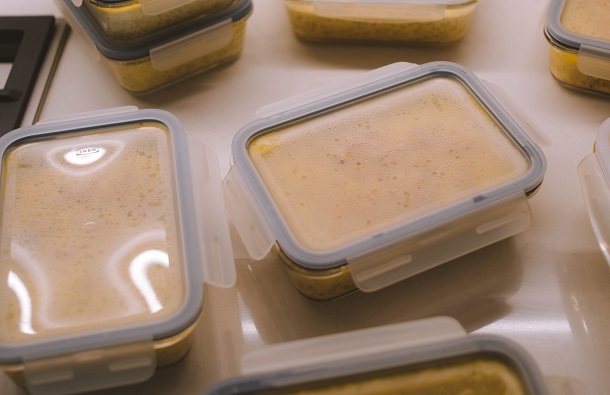

Ziploc Bags -Commonly made out of PP plastic. They are dishwasher safe depending on the brand.
Utensils And Tableware – Should be dishwasher safe. Still, washing them inside a dishwasher should be done by keeping temperatures lower
Note: Disposable plastic will never be dishwasher safe. If you’re washing them and want to reuse them, wash by hand but we suggest keeping them single use.
How To Read Tupperware Symbols
The simplest way to know whether or not you can wash Tupperware in the dishwasher is to check for symbols on the bottom of your container or bottle.
- Fork And Wine Glass – safe for storing food in
- Dishes Sprayed With Water – dishwasher safe
- Curved Lines – microwave safe
- Snowflake – freezer safe
- Triangle Arrows With Number 1-7 – Recyclability
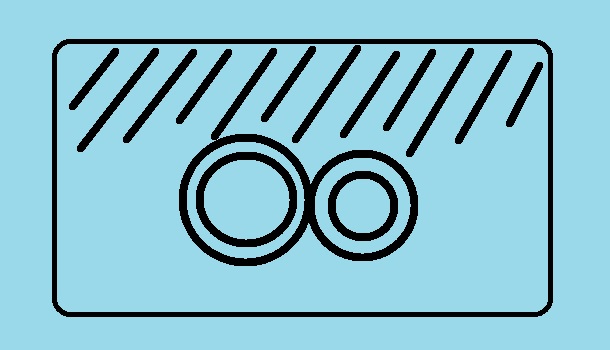

Note: Most Tupperware has a number 5 in the arrow triangle. Plastic from this group is not hard plastic and is not recyclable. The only way to recycle them is to reuse them as something else.
Note: plastics numbered 1, 2, 4, 5, and 6 are likely to be BPA free
BPA: Alternatives, Dangers, And More
Function
BPA or bisphenol A is a chemical used to make hard plastic items, typically PC plastic. It helps the plastic harden. Numerous research has led to the conclusion that exposure to this chemical and digesting leads to health issues in fetuses, infants, children, and adults.
BPA-Free Or So It Would Seem
Just because a container is marked as being BPA-free, it does not mean it’s still not harmful in the way that BPA makes it. They can still contain BPS, BPF, and BPAF which are basically BPA but not really. This is another reason why you should buy Tupperware from trusted sources.
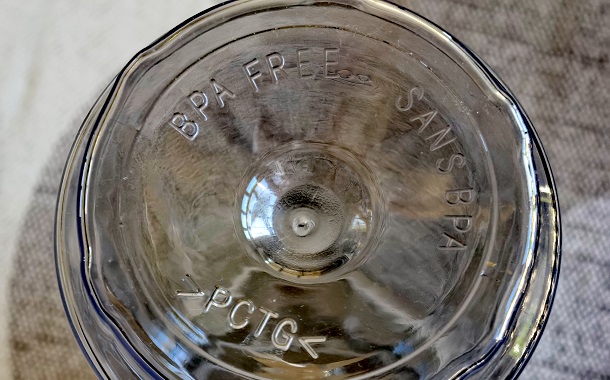

How It Acts In Dishwashers?
The heat coming from the dishwasher will lead to BPA or its alternatives to leech from the plastic and into your food after you reuse it so BPA-containing dishes, cutlery, and bottles should never go into the dishwasher.
Types Of Plastic
There are more than the following seven types of plastics but these are the most commonly used ones.
- Polycarbonate or PC
- Polypropylene or PP
- Polyethylene or PE
- Polyethylene Terephthalate or PETE/PET
- Polyvinyl Chloride or PVC
- Acrylonitrile Butadiene Styrene or ABS
- Polymethyl Methacrylate or PMMA (Acrylic)
What Happens To Plastic In Dishwashers?
We’re talking about unsafe dishwasher options here. The main problem is the high temperature generated inside the dishwasher to clean your dishes. When that happens, the plastic can warp, distort, and melt. It can even discolor the plastic and expose your dishwasher and other dishes to toxic chemicals that you’ll ingest eventually.
Dishwasher Safe Options – There’s no definitive plastic-type that’s dishwasher safe. The only way to know for certain is to look for the dishwasher safe symbol on your plastic or Tupperware containers. In terms of plastics that are the safest for repeated storing of food, you have HDPE, LDPE, and PP.
How To Clean Tupperware Dishes?
If you still want to wash your Tupperware in the dishwasher after you’ve made sure that it’s BPA free and can actually go into the dishwasher, here’s what you should do to ensure a safe washing.
Placement – There are two placement factors that you have to account for that both lead to the same conclusion which is that you should put your Tupperware on the top rack of the dishwasher. The first reason why to use top rack is that there’s more heat on the bottom and the second is that the high pressure running from the spray arms can cause your Tupperware to flip and end up on the bottom rack where it will get damaged.
Drying – Plastic will never dry fully in the dishwasher. They have a lower thermal mass which causes them to cool down more quickly unlike ceramic and metal. Once the surface cools, the moisture will be less likely to evaporate. You can’t prevent it but you can take out your Tupperware dishes to dry them with a fabric cloth right away or leave them to air dry.
To Wrap It Up
The best way to clean Tupperware containers and dishes is to hand wash them but out of convenience, you can certainly clean them in a dishwasher. Before you do that though, make sure your containers are dishwasher safe, and make sure that you place them correctly inside and take them out as soon as the cleaning cycle has ended.

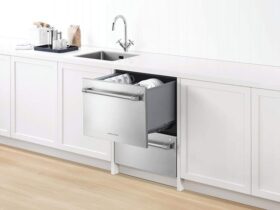










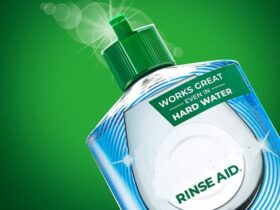



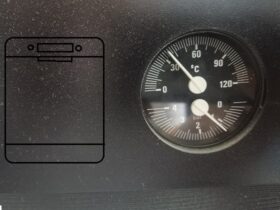
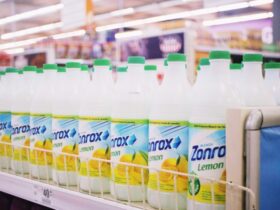
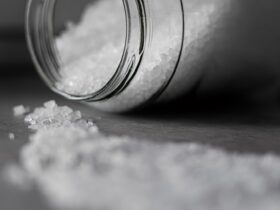

Leave a Reply